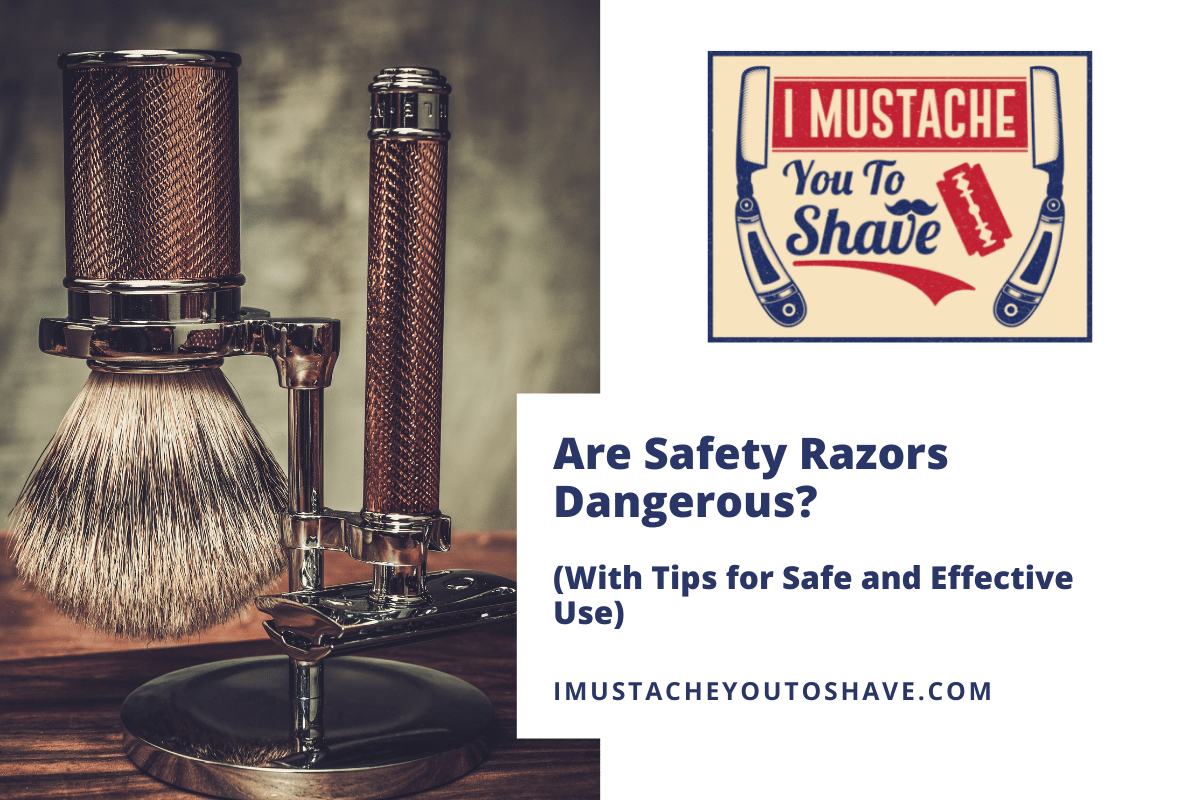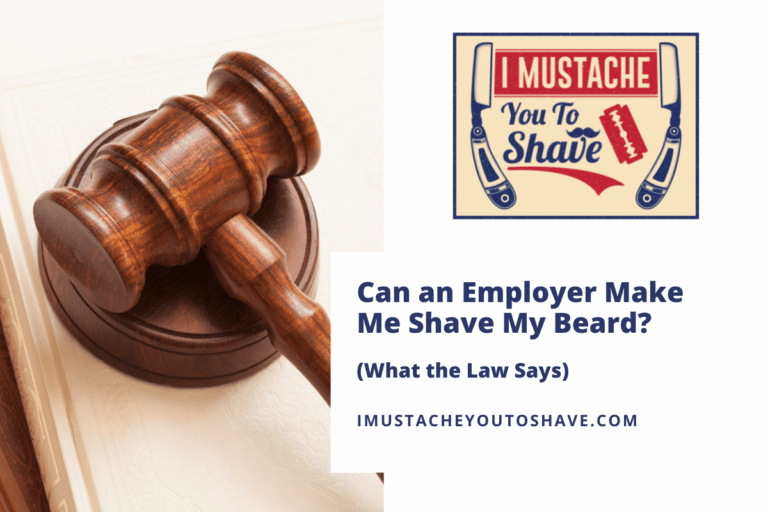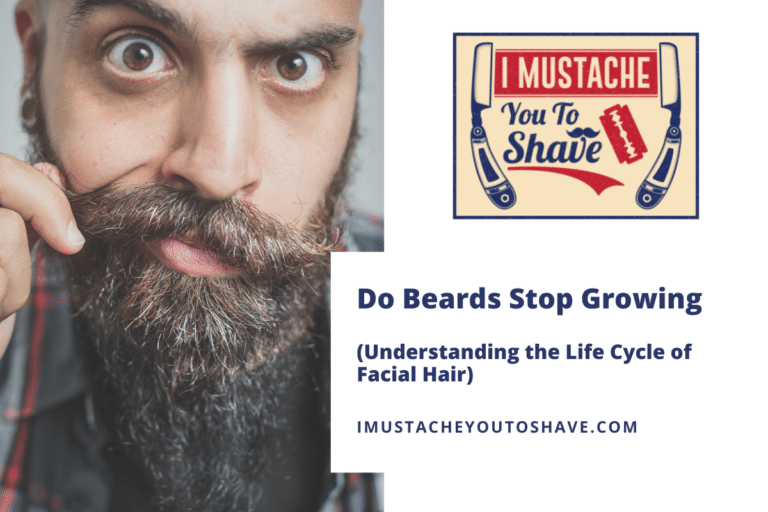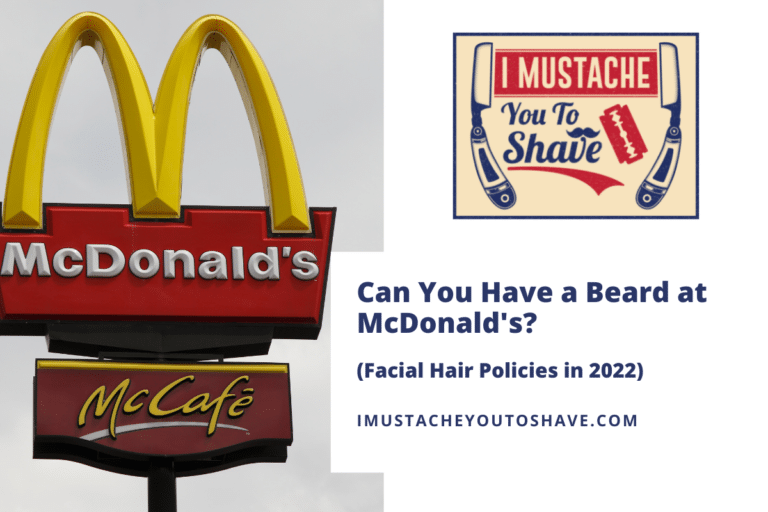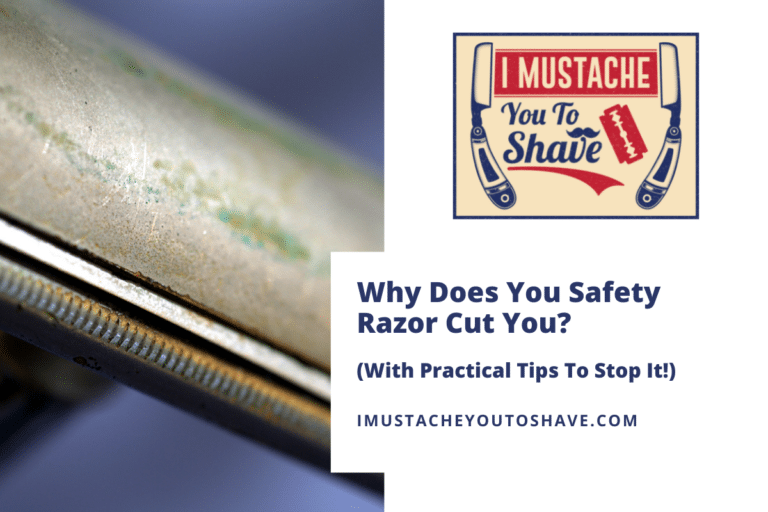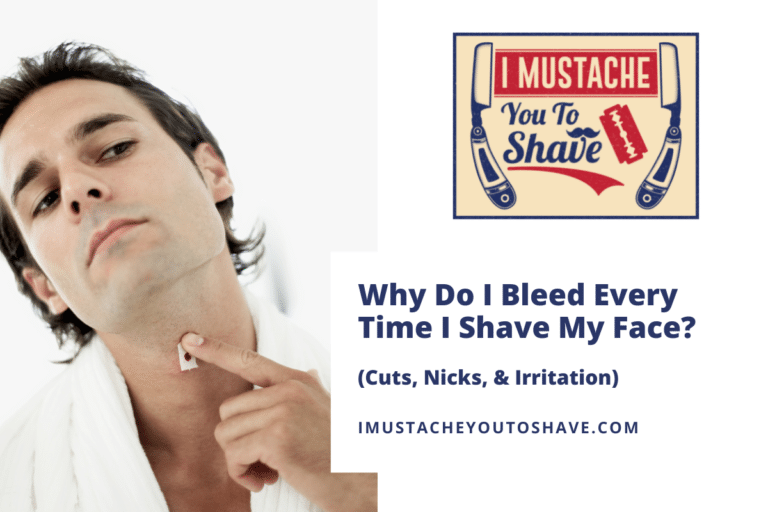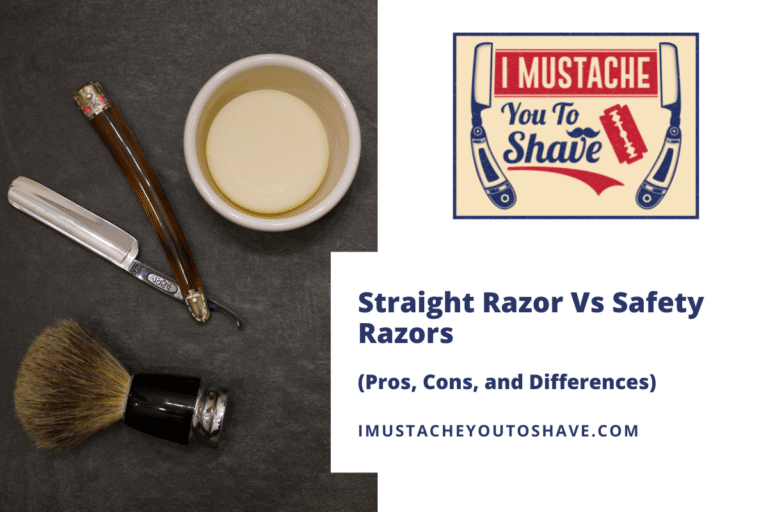Are Safety Razors Dangerous? (With Tips for Safe and Effective Use)
Have you ever nicked yourself when shaving and thought, is this razor safe? Are safety razors dangerous?
Safety razors are not dangerous. They are safer than both a disposable cartridge razor and a straight razor. There are better safeguards, like a skin guard, built into a safety razor than the others. The other razors carry a greater risk of causing cuts or irritating a shaver’s skin during use when compared to a safety razor.
Considering safety razors are not dangerous, let us examine whether or not safety razors are safer than disposable cartridge razors and straight razors. Finally, we will dive into some helpful, practical tips aimed to make safety razors less dangerous and more effective for the average shaver.
Is it safe to shave with a safety razor?
Before purchasing your next razor, you need to know whether it is safe to shave with a safety razor.
Safety razors have protections in place that prevent you from the potential dangers that straight razors and disposable cartridge razors may have. These include but are not limited to skin guards, a consistent blade angle, and pivots. This allows a shaver to have a close, smooth shave without the fear of injury.
It is generally safe to shave with a safety razor. Treated with care and attention, safety razors should not cause a shaver to have any issues.
Unlike disposable cartridge razors, safety razors do not get clogged with thicker shaving creams and gels, reducing skin irritation. With skin guards, safety razors reduce the risk of injuries that a shaver might incur with a straight razor, an unguarded sharp blade.
Since safety razors are not dangerous, let us find out whether or not safety razors are safer than disposable cartridge razors.
Are safety razors safer than disposable cartridge razors?
Disposable cartridge razors are known to cause skin irritation if used every day. Despite this, are safety razors safer than disposable cartridge razors?
Safety razors are safer than disposable cartridge razors. One major safety difference is that the blades on a disposable cartridge razor place a greater strain on your skin as you shave. This can lead to irritated skin for the average shaver and a breakout or rash for a shaver with sensitive skin.
With safety razors safer than disposable cartridge razors, let us explore whether safety razors are safer than straight razors.
Are safety razors safer than straight razors?
A safety razor contains safeguards that a straight razor does not have, like skin guards and a consistent blade angle. Do these pieces make safety razors safer than straight razors?
Safety razors are safer than straight razors. The safety razor was created to be a safer alternative to a straight razor. Since a straight razor is one sharp, unprotected blade, the risk of nicked skin, cuts, or even worse damage is much greater than that of a safety razor.
Now that you know safety razors are not dangerous, here is a list of helpful, practical tips that will make safety razors less dangerous and more effective for you.
Practical tips to make safety razors less dangerous and more effective
Over the years, safety razors have been a safe, popular alternative for men who do not want to use a straight or disposable cartridge razor. For them, and for any new shavers looking to use a safety razor, here are 5 practical tips to make safety razors less dangerous and more effective.
The best ways to make a safety razor less dangerous and more effective are:
- Use the Grain to your Advantage
- Use Shaving Gel
- Use a Beard Brush
- Shave, Rinse, Repeat
- Be Gentle
Use the Grain to your Advantage
The old adage is to go against the grain. This is partially true. Here is the best technique:
- Map out how the facial hair grows on your face. This can be done by running your hand over your skin.
- Check to see which direction each patch grows.
- Go against the grain on your first pass-through with the safety razor.
- Go with the grain on your second pass-through with the safety razor for a closer shave.
It is rare to complete your shave on one pass-through, so why waste time having to repeatedly go back and forth when you can follow this tip and be done in potentially two pass-throughs?
Use Shaving Gel
The key to a quality shaving gel or cream is one that will make your face slippery and conducive to shaving. It does not matter what the price or brand is, but whether or not it is doing the job properly does. One test is whether or not your face is still slippery after the first pass-through. If it is, then you have found a quality product.
Using a gel or cream that does not make your face slippery increases the risk of cutting yourself or having a razor burn afterward. The process of shaving itself is not necessarily natural, but solutions such as this go a long way in protecting your skin from unwanted damage.
Use a Beard Brush
By using a beard brush, you can do a dry scrub of your facial hair. This helps to reduce the chances of bumps or outbreaks after you shave. Doing so will also soften the hair, making it easier to shave.
Once you have done the dry scrub, it is advised to take a hot shower, once again scrubbing your facial hair to further soften it. Afterward, or in the shower, apply the shaving gel or cream of your choice and begin shaving depending on your preference. In all, this will create a smoother shave in the end and reduce the strain on your skin.
Shave, Rinse, Repeat
The process is simple:
- Wet your face, facial hair, and blades with hot water.
- Lather up your face with shaving gel or shaving cream.
- Do your first pass-through with the razor (remember to go against the grain first, then with it).
- Rinse off the blade and your face with hot water.
- Repeat.
By shaving once, rinsing, and repeating the process, you are increasing your chances at a smoother, gentler shave. Continue this process until you are satisfied with the results.
Be Gentle
To avoid possible nicking or cutting, be gentle as you guide the safety razor. You need some light pressure to ensure a close shave, but the more you apply, the greater your risk of injury. Not only does this prevent possible cuts or nicks, but it also lowers the risk of ingrown hairs.
Think of shaving as an art form, not a chore. Soak in the experience and be kind to your skin. The process of shaving can only become easier and smoother. Be gentle on not only your skin but yourself as you navigate these waters.

